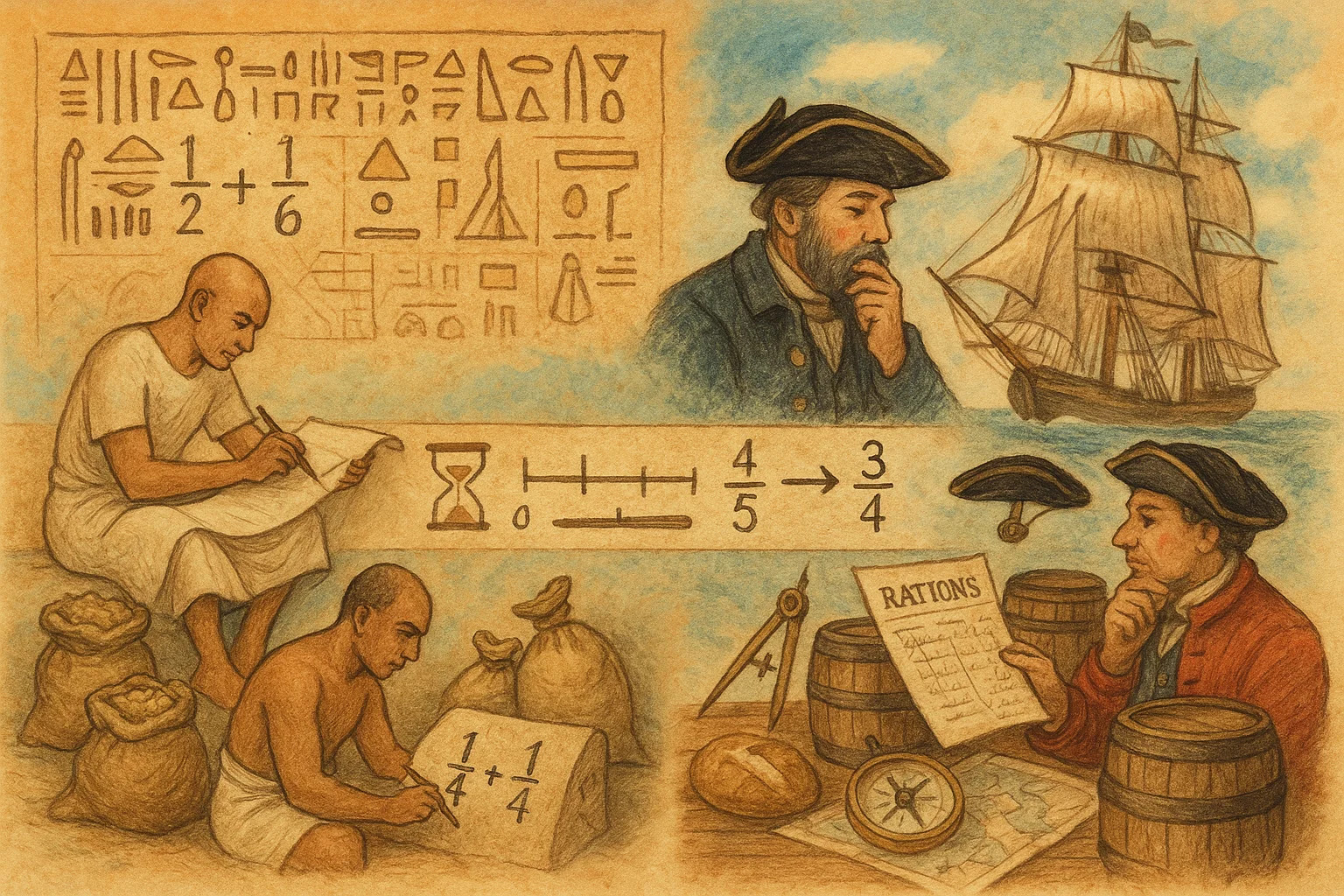Fractions show up everywhere — in math class, recipes, construction plans, and even when splitting bills with friends. But fractions don’t always come in the cleanest form. A fraction like ⁸⁄₁₂ might look messy, but it really represents the same value as ²⁄₃. That’s where a fraction simplifier comes in — it makes any fraction as clean and simple as possible.
What the Fraction Simplifier Does
A fraction simplifier reduces any fraction down to its lowest terms. This means rewriting it so the numerator (top number) and denominator (bottom number) have no common factors except 1.
For example, take the fraction ²⁴⁄₃₆:
-
Find a number that divides evenly into both 24 and 36 (called the greatest common divisor, or GCD).
-
Divide both by that GCD. Here, the GCD is 12.
-
²⁴⁄₃₆ → ¹²⁄₁₈ → ²⁄₃.
The result is the simplest version of the fraction — ²⁄₃ — which is easier to read, compare, and use in math problems. If you often work with fractions, our Fraction Calculator and Math Tool can help you quickly check results and handle more complex problems.”
Did you know? The earliest recorded use of fractions dates back to ancient Egypt, where scribes used symbols for unit fractions like ¹⁄₂ and ¹⁄₄ to track grain and trade.
How Fractions Are Simplified
At the heart of simplifying a fraction is one simple idea: find the biggest number that divides both the numerator and denominator evenly. This number is called the greatest common divisor (GCD). Once you’ve found it, you divide both parts of the fraction by it.
Here’s the step-by-step process:
-
List factors for both numbers, or use a quick division method.
-
Find their GCD — the largest number they both share.
-
Divide the numerator and denominator by that number.
-
Repeat the process if the fraction can still be reduced.
For example:
-
Start with ⁴⁵⁄₆₀.
-
The GCD of 45 and 60 is 15.
-
Divide both by 15: ⁴⁵⁄₆₀ → ³⁄₄.
That’s it — the fraction is now in lowest terms. The fastest way to simplify is by finding the greatest common divisor (GCD). Not sure how? Try our GCD Calculator to get the GCD instantly before reducing your fraction.
Many people use this process instinctively when comparing numbers or solving equations. And once the fraction is simplified, it’s easier to add, subtract, or compare it with other fractions.
Common Simplification Examples
Seeing a few fractions reduced step by step can make the process click. Here are some quick examples you might run into:
-
⁵⁰⁄₁₀₀ = ¹⁄₂
Both numbers are divisible by 50. Divide each by 50, and the fraction reduces to one-half. -
⁶⁶⁄₁₂₀ = ¹¹⁄₂₀
The GCD is 6. Divide 66 and 120 by 6, and the fraction simplifies neatly to eleven-twentieths. -
⁴⁵⁄₆₀ = ³⁄₄
Both share 15 as a factor. Divide by 15, and you get three-fourths.
These reduced forms make fractions easier to compare, especially when working with ratios or combining different values.
How Ancient Egyptians and Sailors Relied on Simplified Fractions
Did you know fractions were simplified long before modern calculators existed? Over 3,500 years ago, Egyptian scribes were already working with fractions — but they did it differently. Instead of writing something like ²⁄₃, they broke it into unit fractions: ¹⁄₂ + ¹⁄₆. This method, found in the Rhind Mathematical Papyrus, helped them divide grain, measure land, and even plan construction.
Fast forward to the 18th century: ship captains relied on handwritten tables of reduced fractions to plan supplies for long ocean voyages. Simplifying something like ⁴⁵⁄₆₀ to ³⁄₄ wasn’t just neat math — it could literally keep a crew alive by ensuring rations lasted the entire trip.


